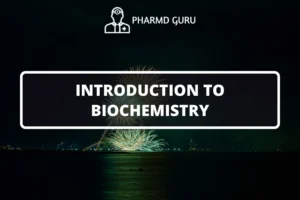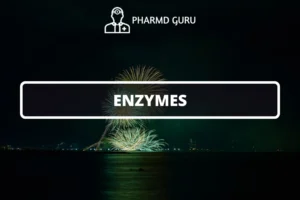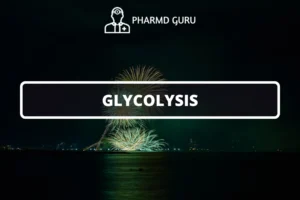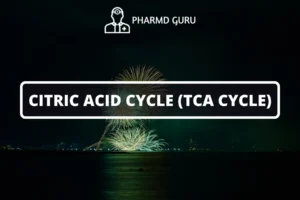Bile pigments play a crucial role in the process of digestion and the elimination of waste products from the body. These pigments, primarily bilirubin, are derived from the breakdown of hemoglobin, the protein responsible for carrying oxygen in red blood cells. In this article, we will explore the production of bile pigments, the steps involved in their synthesis, and their significance in overall liver function.
SCROLL DOWN TO THE BOTTOM OF THE PAGE FOR ACTUAL NOTES
Table of Contents
- Introduction to Bile Pigments
- Hemoglobin Breakdown: Formation of Bilirubin
- Uptake and Processing of Bilirubin by Hepatocytes
- Conjugation of Bilirubin: Making it Water-Soluble
- Secretion of Bile Pigments into Bile
- Enterohepatic Circulation: Recycling of Bile Pigments
- Clinical Implications
1. Introduction to Bile Pigments
Bile pigments, primarily bilirubin, are yellowish-brown compounds that are essential for the digestion and elimination of waste products. These pigments are synthesized in the liver and are a component of bile, a fluid produced by the liver that aids in the digestion and absorption of fats.
2. Hemoglobin Breakdown: Formation of Bilirubin
The production of bile pigments begins with the breakdown of hemoglobin, which occurs mainly in the reticuloendothelial system, particularly in the spleen and liver. As red blood cells age or become damaged, they are phagocytosed by macrophages, leading to the release of hemoglobin.
Hemoglobin is then broken down into heme and globin. The heme component is further metabolized, resulting in the formation of biliverdin, a green pigment. Biliverdin is rapidly reduced to bilirubin by an enzyme called biliverdin reductase.
3. Uptake and Processing of Bilirubin by Hepatocytes
Once formed, bilirubin binds to serum albumin and is transported to the liver. In the hepatocytes (liver cells), bilirubin is taken up from the bloodstream by a specific transporter called OATP1B1. Inside the hepatocytes, bilirubin is bound to cytoplasmic proteins, primarily ligandin (also known as Y protein).
4. Conjugation of Bilirubin: Making it Water-Soluble
In order to make bilirubin water-soluble and suitable for excretion, it undergoes a process called conjugation. Conjugation involves the addition of glucuronic acid to bilirubin, resulting in the formation of bilirubin diglucuronide. This process is catalyzed by an enzyme called bilirubin UDP-glucuronosyltransferase (UGT1A1).
Conjugated bilirubin is then transported from the hepatocytes into the bile canaliculi, small ducts within the liver, for further processing and excretion.
5. Secretion of Bile Pigments into Bile
Conjugated bilirubin, along with other bile constituents such as bile salts and cholesterol, is secreted into the bile canaliculi. The bile canaliculi merge to form larger bile ducts, eventually leading to the common bile duct, which carries bile from the liver to the gallbladder or directly to the small intestine.
Bile pigments, including bilirubin, contribute to the characteristic yellow color of bile.
6. Enterohepatic Circulation: Recycling of Bile Pigments
Once in the small intestine, bile pigments are metabolized by bacteria, resulting in the conversion of bilirubin diglucuronide to urobilinogen. Some urobilinogen is reabsorbed into the bloodstream and returned to the liver through the portal circulation, a process known as enterohepatic circulation.
In the liver, urobilinogen can be further processed and re-excreted into bile or converted to urobilin, a brown pigment. Urobilin and some urobilinogen are eliminated from the body through feces, contributing to the brown color of stool.
7. Clinical Implications
Disruptions in the production, processing, or excretion of bile pigments can lead to various clinical implications:
- Jaundice: Jaundice occurs when there is an accumulation of bilirubin in the bloodstream, resulting in a yellowish discoloration of the skin, eyes, and mucous membranes. Jaundice can be a sign of liver dysfunction or other underlying conditions.
ACTUAL NOTES




